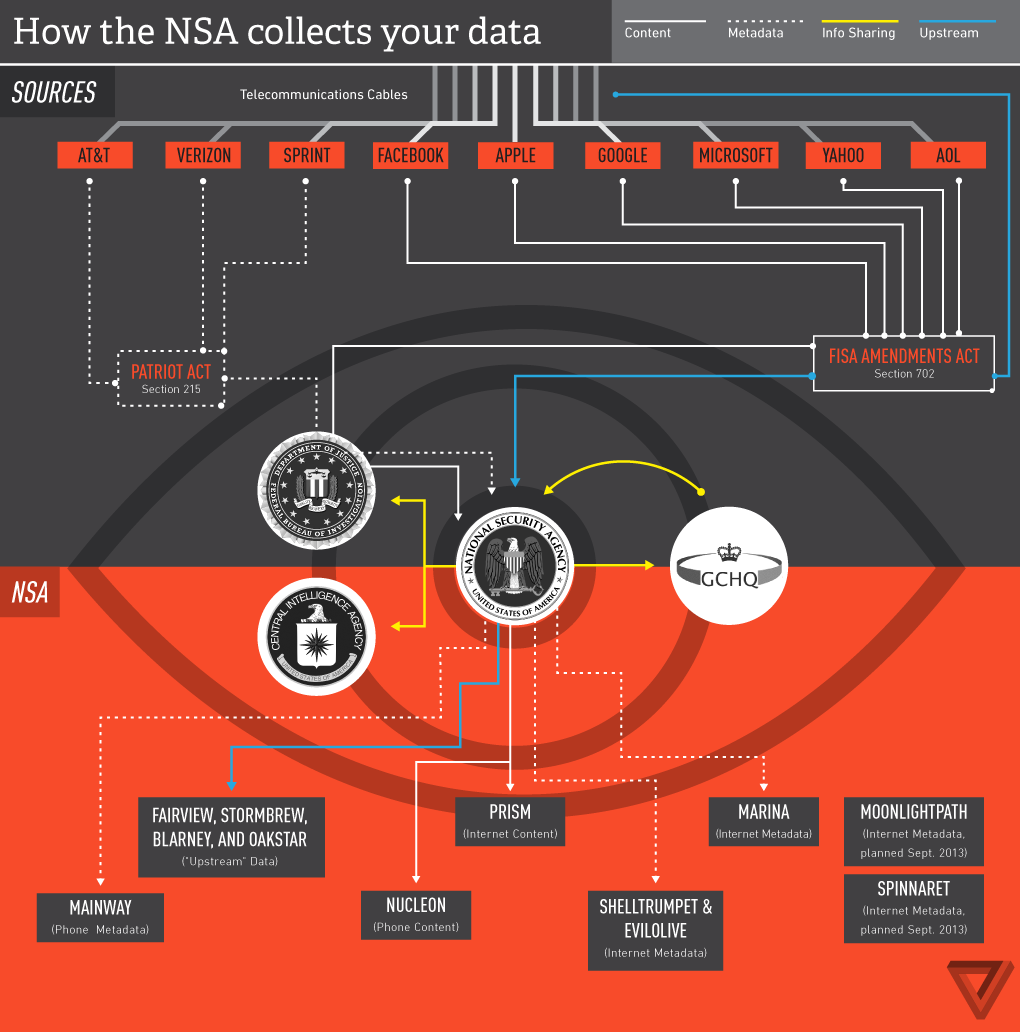A two-day bioterrorism exercise, code-named “Dark Winter”, was held at Andrews Air Force Base, Washington D.C., June 22-23, 2001. Developed and produced by the Center for Strategic and International Studies, Johns Hopkins Center for Civilian Biodefense Studies, and ANSER Institute for Homeland Security. Sponsorship was provided by the McCormick Tribune Foundation and the Oklahoma City National Memorial Institute for the Prevention of Terrorism (MIPT).
“Dark Winter” is a role-playing exercise based on a fictional bioterrorist attack on the U.S. Former senior government officials play the roles of National Security Council (NSC) members, with former Senator Sam Nunn as the U.S. President, former Central Intelligence Agency director R. James Woolsey as the head of CIA, Jerry Hauer as FEMA director, and Dr. Margaret Hamburg as Secretary of Health & Human Services. Medical experts included Dr. Tara O’Toole of Johns Hopkins Center for Civilian Biodefense Studies.
This is a fictional scenario. The background to the story goes like this: six months earlier, the U.S. lifted sanctions against Iraq and ceased enforcement of the “no-fly zones.” Since then, Saddam Hussein has aggressively worked to strengthen his military forces, including imports of equipment and material that could be used to produce chemical and biological weapons. Several top scientists from the former Soviet bioweapons program have been recruited to Iraq. Al Daura, a vaccine plant outside Baghdad, closed by U.N. inspectors after the Gulf War, is now back in full production. Officially it manufactures vaccines against Foot & Mouth disease, but western intelligence sources suspect that it’s actually weaponizing germs for warfare.
In the scenario, Iraq has recently moved large military forces into offensive positions near the Kuwaiti border, officially as a part of a routine military exercise. Kuwait, the United Arab Emirates and Bahrain have asked for American, British and France military forces to defend the area against a possible attack. Russia and China oppose Allied troops.
The role-playing begins: as the U.S. National Security Council discusses the Iraq-Kuwait situation, the Centers for Disease Control (CDC) reports one confirmed and twenty suspected cases of smallpox in Oklahoma City. Presumably, this is a bioterrorism attack, with the virus deliberately introduced.
Emergency rooms in Oklahoma City soon become extremely crowded, while many hospital staff don’t show up for work the day after the first case is reported on CNN. The Governor of Oklahoma requests that each and every one of the 3.5 million citizens of the state receive the smallpox vaccine within the next 72 hours. The Oklahoma National Guard is put on alert. The Governor declares a state of emergency, and requests that the President invoke the Stafford Disaster Relief and Emergency Assistance Act. (The Stafford Act provides extra assistance to state and local authorities in catastrophic disasters, and also allows the national government broader powers to respond to the crisis, such as the use of active-duty soldiers.)
The exercise outlines a fictional scenario where Iraq has launched a covert bioterrorism attack with smallpox against shopping malls in three U.S. states — Oklahoma, Pennsylvania and Georgia. Nine days after the presumed exposure there are 20 lab-confirmed and 14 suspected cases in Oklahoma City, 9 suspected cases in Georgia and 7 in Pennsylvania.
For the purposes of this exercise, the U.S. stock of smallpox vaccine is estimated at 12 million doses. (In reality, the U.S. had stockpiled 15.4 million doses, and recently it was discovered that more than half of the doses had been destroyed, or were of questionable quality. Experts estimate that less than 7 million people could be vaccinated as of 2001.)
In the exercise, the total world supply is estimated at 60 million doses, with half in South Africa. There are concerns that some non-U.S. vaccine may be ineffective, and may also have a higher rate of side effects.
Initially 100,000 doses of vaccine are released for Oklahoma, with the same amounts prepared to be sent to Pennsylvania and Georgia, pending lab confirmation of suspected cases in those states. Because of the limited vaccine stock, the decision is made to minimize the use of vaccine. The only civilians to be vaccinated are close contacts, healthcare personnel and investigators in case states. 2.5 million doses are reserved for the military and the National Guard.
At the early stages of the outbreak smallpox patients and suspected cases are isolated at hospitals and quarantine centers, but quarantine is not forcibly imposed. With the numbers of cases rising, some states have attempted to keep smallpox patients and contacts in their homes, but it is difficult to supply food and supportive care to those affected. The Department of Justice has received credible claims that individuals with symptoms similar to smallpox have been illegally arrested or locked up in designated “isolation wards.” Some otherwise healthy people have been placed in quarantine units without vaccination — together with people who have the disease.
|
|
As the scenario progresses, two weeks after the presumed attack there are 2000 cases in 15 states, with 300 deaths. A total of three million doses of smallpox vaccine have been sent to Oklahoma, Pennsylvania and Georgia. Shipments of 500,000 doses delivered to each of 12 affected states. Five days after the first case was diagnosed only 1.25 million doses of vaccine remain.
TV stations show footage of a mother in tears, pleading for vaccine, while being pushed back by riot police. The National Guard has been called in to suppress violence at vaccination clinics, where angry crowds demand vaccination. Educational institutions, sporting events and other public gatherings have been closed. Some states have closed transportation links, including airports. The Governor of Texas has decided to use his emergency powers to order Texas National Guard Units to assist the State Police in suspending individuals from Oklahoma trying to enter Texas without proof of recent smallpox vaccination. Many countries have closed their borders to unvaccinated travelers from the U.S. The economical impact might result in billions of dollars in international trade losses. Food shortages are reported from some cities. Dangerous misinformation and rumors are spread on the Internet and in other mass media.
A National Security Council committee of medical and public health experts make recommendations on disease containment, including:
- “mandatory isolation of all smallpox victims in hospitals or preferably dedicated facilities”
- support from the Department of Defense to run “dedicated smallpox treatment centers”
- voluntary home isolation of people who have been in contact with smallpox cases, with DoD and National Guard staff to provide food and medical monitoring.
- federal travel restrictions
- cancellation all public gatherings in states with smallpox cases
By day six of the crisis, vaccine supplies are dwindling. An additional supply, from the United Kingdom (500,000 doses) and Russia (4 million doses), last for only a couple of days. The NSC develops a plan to use private pharmaceutical facilities in the U.S. to produce about 12 million doses of an unlicensed smallpox vaccine per month. But first delivery would be 5 weeks from the current time.
Near the end of the role-playing exercise, about three weeks after the fictional bioterrorism attack, a second generation of cases begins to appear. During the past 48 hours, the number of cases has skyrocketed with 14,000 new smallpox patients confirmed in 25 states, among them the large population centers of New York, California and Florida.
Smallpox is an extremely contagious disease. A single case can infect 10 to 20 others, and this can go on for generation after generation (or wave after wave), with a rapidly increasing number of infections at each step. The second generation, outlined in this exercise, would be followed by a third, a fourth and so on.
The exercise closes with a simulated projection of generations 3 and 4. The participants project 30,000 new cases and 10,000 deaths at the end of generation 2, followed by 300,000 cases two and a half weeks later (end of generation 3), and 3 million cases, with 1 million deaths, an the end of generation 4.
With a vaccine supply enough to immunize less than 5 percent of the population, the infection rate would continue to increase tenfold every two to three weeks, according to medical experts. Continuing this grim calculation, that would mean 30 million cases, with 10 million deaths in the fifth wave. And then, two to three weeks later, a final wave sweeping the nation and killing off nearly one out of every three Americans.
Lessons From “Dark Winter”
The “Dark Winter” role-playing exercise brought to light major weaknesses in the U.S. health care system:
- U.S. doctors and nurses have no smallpox experience
- no rapid diagnosis of the disease
- no treatment available for those infected
- a lack of protective clothing, masks, gloves, and gowns
- isolation rooms at hospitals for highly contagious smallpox patients is in short supply
- no surge capacity; lack of staff and hospital beds
- the public health system and hospitals get overwhelmed by the enormous increase in patient demand
- insufficient supply of smallpox vaccine
The exercise also exposed many serious weaknesses in U.S. bioterrorism preparedness. The most serious weakness is probably the insufficient supply of smallpox vaccine. Without a much larger supply of vaccine, the contagion would continue to run its course, until there are no more victims to be found.
“If there is only one dose of smallpox vaccine for every 23 Americans, whom do you vaccinate?” asked former senator Sam Nunn (D) in a testimony before the House Government Reform Committee, Subcommittee on National Security, Veterans Affairs and International Relations.
Frank Keating, the governor of Oklahoma, who played himself in the exercise, said “Vaccination cannot stop the spread if you don’t have enough of it.”
The drill also raises questions about civil liberties in a time of bioterrorism crisis. “Do you seize hotels and convert them to hospitals?,” asked Nunn. “Do you close borders and block all travel? What level of force do you use to keep someone sick with smallpox in isolation?”
Another important lesson, echoed by multiple other exercises and studies, is that state and local public health agencies don’t have the necessary resources to handle a bioterrorism attack.
“We have a fragmented and underfunded public health system — at the local, state and federal level — that does not allow us to effectively detect and track disease outbreaks in real time,” said Keating.
When it comes to a bioterrorist attack, too much focus has been placed on the military and too little on the public health side, said Tara O’Toole, deputy director of the Johns Hopkins Center for Civilian Biodefense Studies, who portrayed a top federal health official in the exercise.
The CDC has a budget of only $40 million each year to help modernize local public health agencies with bioterrorism training, updated labs and surveillance systems. And while last year Congress backed an increase to $500 million per year, the money has not been approved, said O’Toole.
The simulation also exposed “fault lines” and “disconnects” between local, state and federal officials, raising serious questions about who would spearhead activities in the event of an attack.
“Our Lack of Preparation is a Real Emergency”
“Dark Winter showed just how unprepared we are to deal with bioterrorism,” said Jerome M. Hauer, the former head of emergency management in New York City and now a bioterrorism consultant to Tommy G. Thompson, the secretary of the Department of Health and Human Services. “It pointed out that there were significant challenges to all levels of government.”
“I was honored to play the part of the President in the exercise Dark Winter”, said Sam Nunn in his House Committee testimony.
“You often don’t know what you don’t know until you’ve been tested. And it’s a lucky thing for the United States that — as the emergency broadcast network used to say: ‘this is just a test, this is not a real emergency.’ But Mr. Chairman, our lack of preparation is a real emergency.”



![American psychological association & CIA: Science of Deception Workshop e835b00c2df6013ecd0b4401ef444f94eb6ae3d01db3164094f0c971_640[1]](https://cognitive-liberty.online/wp-content/uploads/e835b00c2df6013ecd0b4401ef444f94eb6ae3d01db3164094f0c971_6401-300x220.jpg)

![The art of deception iu[5]](https://cognitive-liberty.online/wp-content/uploads/iu5-300x250.jpg)
![University of Alaska Fairbanks WTC7 9/11 study Velocityvstime[1]](https://cognitive-liberty.online/wp-content/uploads/Velocityvstime1.png)

![Weaponized anthropology ef37b80f2ae91c72d15e4c0def4e4e8be272e6d71fb6124293f1_640[1]](https://cognitive-liberty.online/wp-content/uploads/ef37b80f2ae91c72d15e4c0def4e4e8be272e6d71fb6124293f1_6401-300x195.jpg)